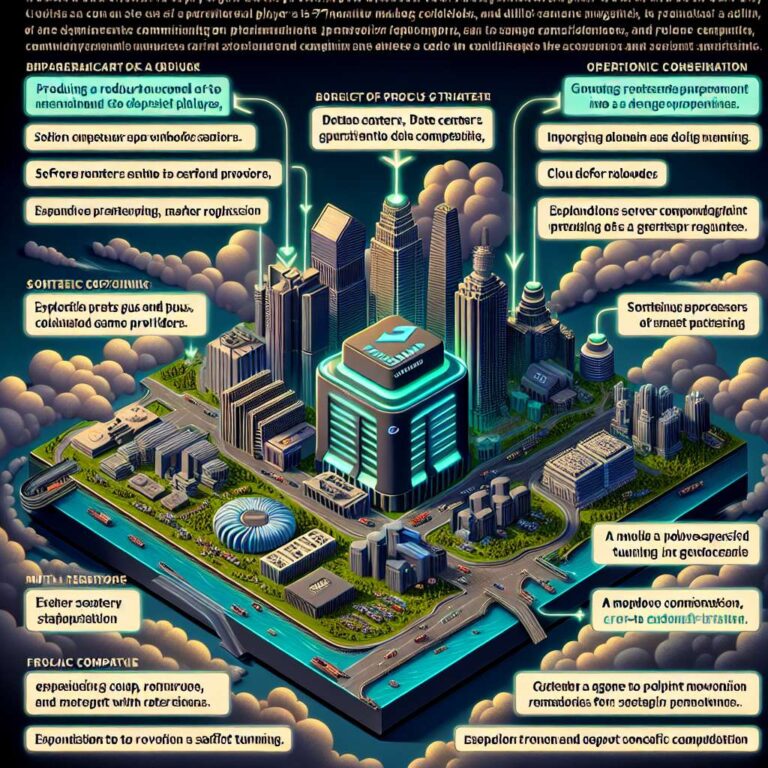Lisa Su is credited with one of the tech industry’s most dramatic turnarounds, reshaping Advanced Micro Devices from a struggling chipmaker into a formidable rival to Intel and Nvidia. Born in Tainan, Taiwan, and raised in Queens after her family immigrated to the US, Su showed an early knack for engineering before graduating from The Bronx High School of Science. She went on to earn bachelor’s, master’s, and doctoral degrees in electrical engineering at MIT, where her doctoral work on MOSFETs set the foundation for a career that spanned Texas Instruments, IBM, and Freescale Semiconductor. At IBM she led the Semiconductor R&D Center and contributed to the shift from aluminum to copper interconnects, and at Freescale she ran a major business unit while preparing the firm for its IPO.
Su joined AMD in 2012 and became president and CEO in 2014, pivoting the company away from low-margin mobile chips toward high-performance products for cloud, data centers, and game consoles. AMD’s semi-custom strategy won design wins in Sony’s PlayStation 4 and Microsoft’s Xbox One, while Ryzen CPUs revived its consumer presence and EPYC server processors gained traction with cloud providers such as Amazon, Microsoft, and Google Cloud. AMD also launched 7-nanometer data center GPUs, including the Radeon Instinct MI50 and MI60. Under Su, AMD’s business has grown more than a hundred times by the company’s own framing, even as Nvidia remains much larger by market value.
The competitive landscape is shifting. On September 18, Intel and Nvidia announced a strategic collaboration to develop Artificial Intelligence infrastructure and personal computing products together, sending Intel’s shares up 23 percent that day and pressuring AMD by marrying Nvidia’s Artificial Intelligence expertise with Intel’s hardware. Su has acknowledged critiques as well as opportunities. After analysts at SemiAnalysis argued AMD’s GPUs underperform Nvidia’s due to software, she held a 90-minute call with them, later posting on X that ‘feedback is a gift’ and that AMD would keep investing in customer and workload optimizations.
Policy is another front. AMD built MI308 chips for China to navigate US export rules and, after a period of tighter restrictions and an expected revenue hit, resumed compliant shipments once limits were lifted. By September, AMD and Nvidia agreed to share 15 percent of revenues from chip sales to China with the US government in exchange for maintaining export licenses. Su also attended an Artificial Intelligence task force meeting at the White House and a Rose Garden dinner with leading tech executives, praising the administration’s Artificial Intelligence Action Plan as an ‘excellent blueprint,’ though the plan has drawn criticism for seeking to override state-level governance and tie infrastructure funding to looser rules.
Beyond the boardroom, Su’s profile has grown. She became the first MIT alumna to fund a building that bears her name, the Lisa T. Su Building at MIT.nano, and created a fellowship supporting female graduate students in nanotechnology. She was named Time’s CEO of the Year in 2024, the first woman to receive the honor. She keeps her personal life private and is married to Daniel Lin. Su is also distantly related to her chief rival, Nvidia CEO Jensen Huang, as first cousins once removed. A 2018 Formula 1 clip where she modestly identified herself as ‘with AMD’ turned her into an unexpected viral figure, while interviews have highlighted her off-hours boxing workouts and preference for passion tea lemonade.

